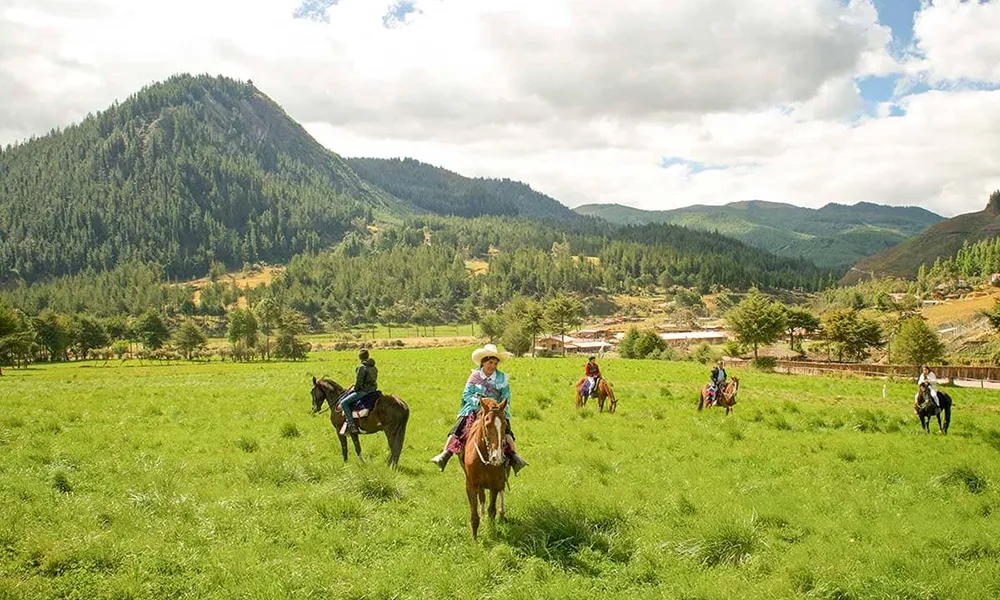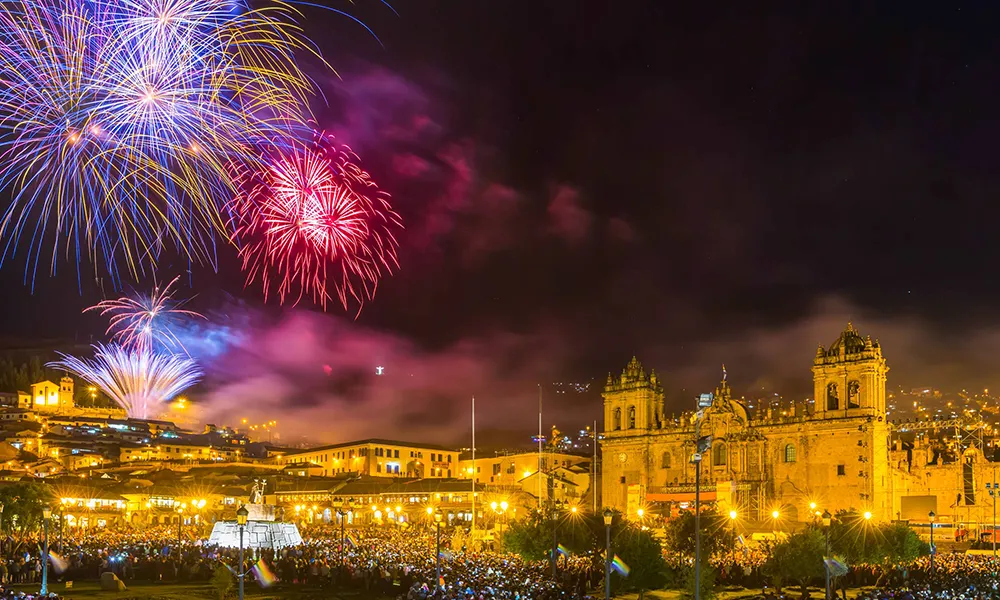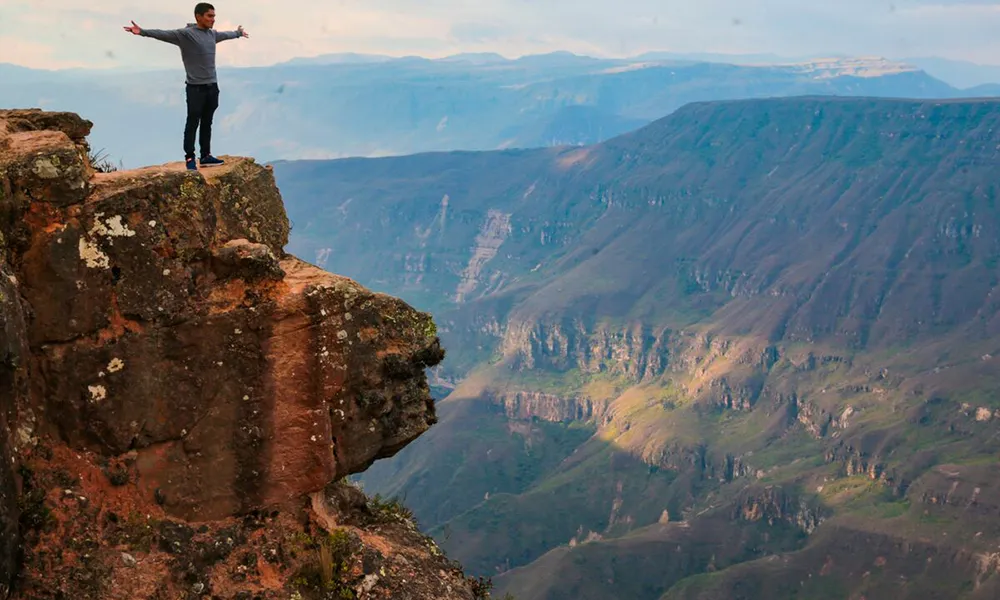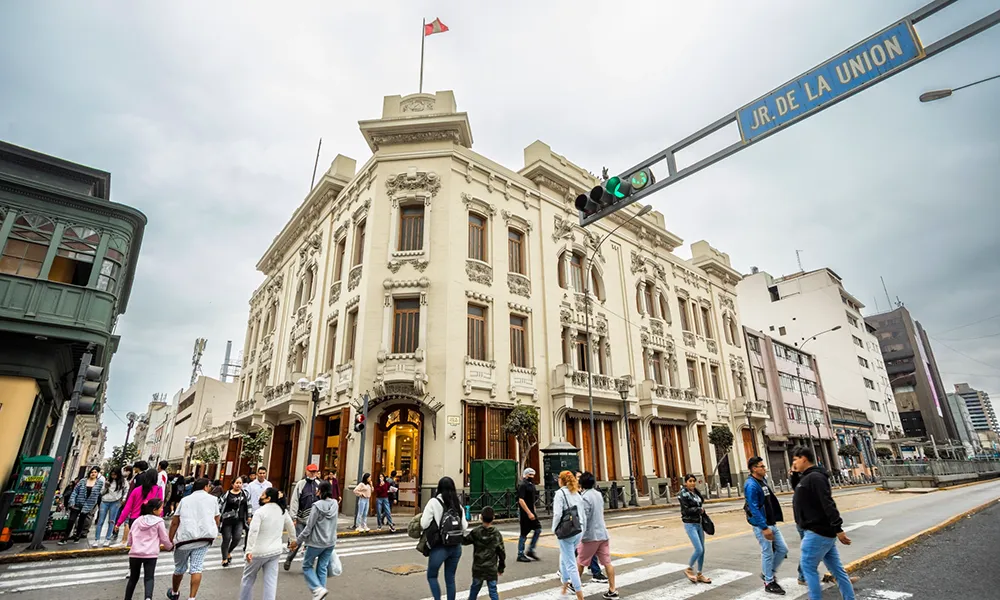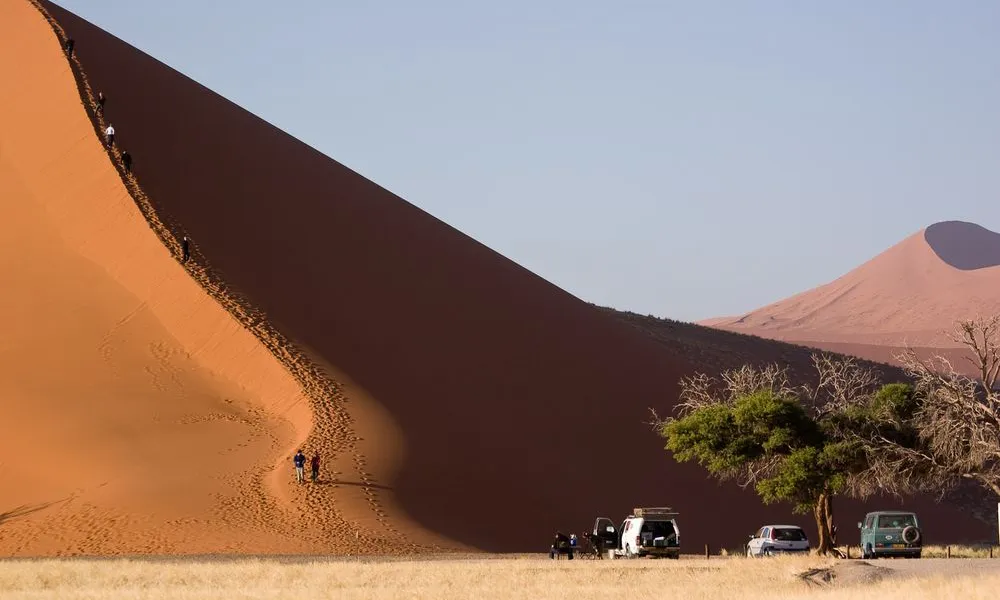Safety and Special Situations for U.S. Travelers in Peru
Peru is one of South America’s most captivating destinations — full of ancient wonders, lively cities, and warm hospitality. For most travelers, the journey goes smoothly, but it’s always wise to be prepared. Understanding local safety conditions, knowing what to expect in special situations, and following simple precautions will help you enjoy your trip with peace of mind.
Staying Safe During Your Trip
Like any country, Peru has areas where travelers need to stay alert, especially in crowded urban settings or remote zones. Petty theft such as pickpocketing and bag snatching can occur in busy markets, bus terminals, or public squares. The simplest rule is: keep valuables out of sight and stay aware of your surroundings.
Use cross-body bags that close securely, avoid flashing expensive electronics, and be cautious when using your phone in public. When traveling after dark, always take a registered taxi or an app-based ride instead of hailing one on the street. In hotels and restaurants, keep your belongings in sight or locked away.
Health, Altitude, and Natural Conditions
Many of Peru’s most famous destinations, like Cusco and Puno, sit high in the Andes. At these altitudes, visitors may experience shortness of breath, dizziness, or fatigue — common signs of altitude sickness. Acclimate slowly by spending a few days in Cusco or the Sacred Valley before climbing higher. Drink plenty of water, eat light meals, and avoid alcohol until your body adjusts.
In the Amazon or northern regions, protect yourself from mosquito-borne illnesses with repellent and long sleeves. Always drink bottled or filtered water and check that your vaccinations are up to date before traveling. A good travel insurance policy that covers medical emergencies and evacuation is highly recommended.
Transportation and Road Travel
Peru’s landscapes are breathtaking, but its geography also makes transportation challenging. Roads in mountain areas can be narrow, winding, or affected by seasonal landslides. If you travel long distances, use well-known bus companies or domestic flights to ensure safety and comfort.
In cities like Lima, Arequipa, and Cusco, heavy traffic is common. Choose reliable taxis, preferably arranged through your hotel or trusted travel agency. When riding buses, keep personal items with you instead of storing them in overhead racks. For long routes, overnight buses offer recliner seats and secure compartments.
Civil Unrest and Demonstrations
Protests and strikes occasionally occur in Peru and may disrupt transportation, especially in the Andes. While most demonstrations are peaceful, they can block highways, railways, or even access to Machu Picchu. Avoid joining political gatherings and monitor local news or updates from your tour operator.
If you encounter a roadblock, stay calm, follow local advice, and wait until the route reopens. Building flexibility into your itinerary — such as adding an extra day before major train connections — will help you manage any unexpected delays.
Adventure and Spiritual Tourism Precautions
Peru is famous for its adventure activities: trekking to Machu Picchu, rafting in the Urubamba River, and exploring the Amazon rainforest. Choose licensed tour companies that provide professional guides, safety briefings, and proper equipment. Ask about first aid kits, oxygen tanks, and evacuation plans before booking.
In recent years, “spiritual tourism” experiences like Ayahuasca or San Pedro ceremonies have attracted many travelers. Always research the retreat’s credibility carefully. Some unregulated centers operate without medical supervision. Participation should be a personal and well-informed decision.
Emergency Situations and What to Do
If you lose your belongings or experience a theft, move to a safe place first — such as a hotel, police station, or busy café. Report the incident promptly to the local authorities so you can file a police report for insurance purposes. Keep copies of your passport, flight tickets, and credit cards separately from the originals.
In case of illness, ask your hotel or guide to recommend a trusted clinic. Most large cities have international medical centers with English-speaking doctors. For emergencies, you can also contact your embassy or consulate for guidance and support.
Cultural Respect and Local Etiquette
Peruvians are friendly and proud of their heritage. Showing respect for local traditions goes a long way. Always ask permission before photographing people, especially in rural communities or markets. Dress modestly when visiting churches or sacred sites, and avoid touching archaeological structures.
A simple “gracias” or “buenos días” will make interactions warmer. When visiting indigenous communities, small gestures like buying local crafts or following community rules help sustain responsible tourism.
Natural Events and Weather Awareness
Peru’s climate varies dramatically by region.
-
Dry season (May to October): ideal for trekking and visiting high-altitude destinations.
-
Rainy season (November to April): common in the Andes and jungle, with possible landslides or flight delays.
Keep a flexible schedule and pack accordingly — a lightweight rain jacket, sunscreen, hat, and layered clothing will serve you well in every zone.
Practical Safety Checklist
Before traveling:
-
Make digital copies of important documents.
-
Inform family or friends of your route.
-
Register your trip through official travel programs.
-
Purchase travel insurance with medical coverage.
While in Peru:
-
Use registered taxis or rideshare apps.
-
Keep valuables discreet.
-
Avoid isolated areas after dark.
-
Drink bottled water and eat freshly cooked food.
-
Respect local customs and authorities.
In case of emergency:
-
Stay calm and move to a safe area.
-
Contact your hotel or guide immediately.
-
Report incidents to local police.
-
Notify your insurer and follow their instructions.
Final Thoughts
Traveling through Peru is an incredible experience. From the misty heights of Machu Picchu to the vast Amazon and the vibrant streets of Lima, the country offers unforgettable moments. Most visitors encounter no major issues, and with basic precautions, you can explore confidently.
Stay informed, plan wisely, and keep an open heart — Peru rewards travelers who respect its culture and prepare for its natural diversity. Adventure safely, embrace the journey, and discover why this land remains one of the world’s favorite destinations.


